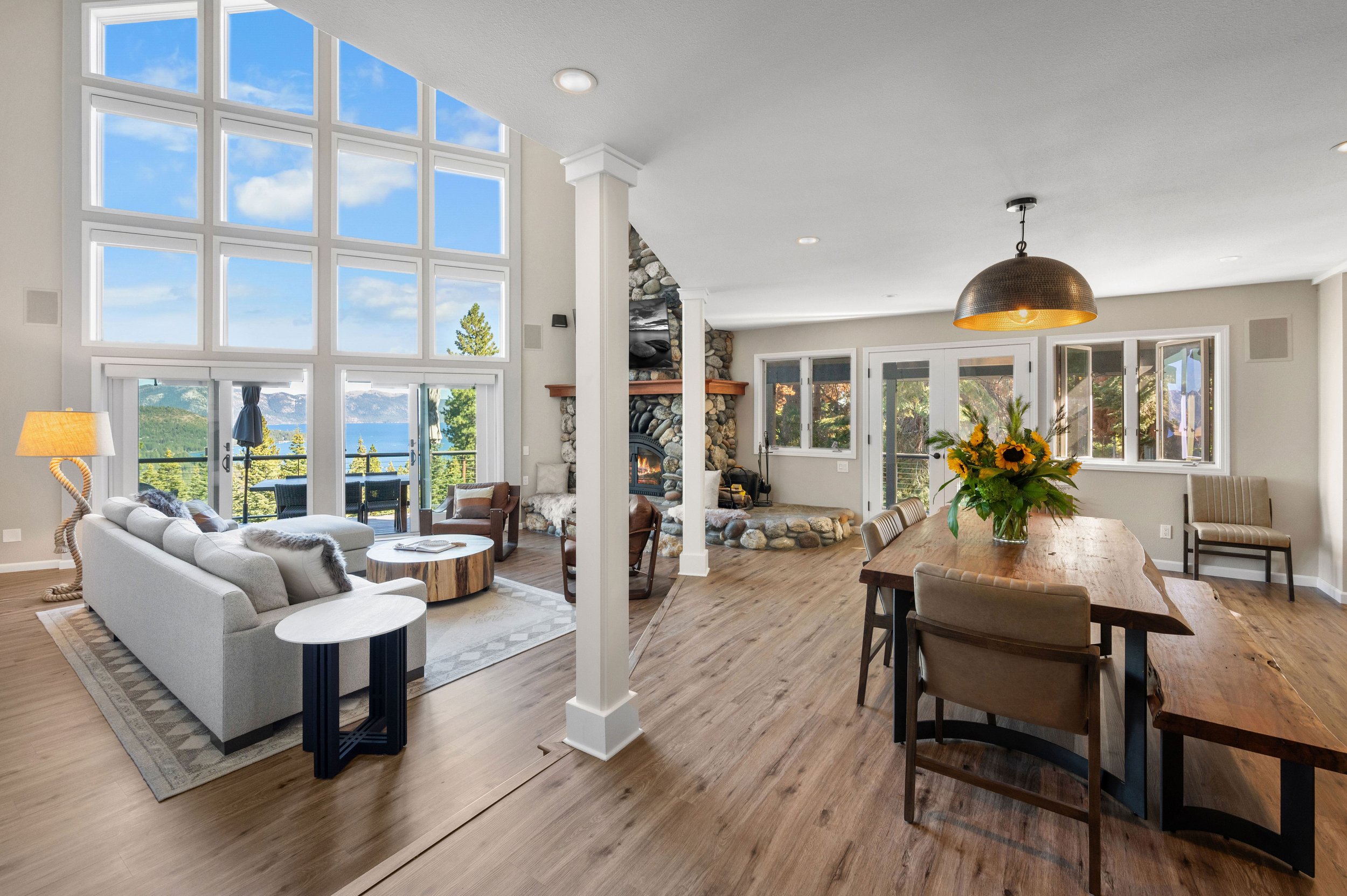Booking Windows, Curves, and Pace: Know Your STR Industry Terms
Learn About Booking Metrics with LocalVR
Welcome back for another installment of LocalVR’s “Know Your STR Industry Terms”, a series that helps you to decode all of the lingo and jargon of the vacation rental industry. Whether you’re a new short-term rental owner who wants to soak up all the information you can or a veteran brushing up on your knowledge, we can help with breaking down complex ideas into simple and easily-understood terms.
Last time, we dug into the differences between ADR and RevPAR. Today, we’ll be diving deep into bookings and reservations to break down booking windows, booking curves, and booking pacing for you.
What are Booking Windows for Vacation Rentals?
When a guest makes a reservation, there is typically some time between their stay at your property and when they are booking. The number of days between the date a guest confirms their reservation and the check-in date of their stay is referred to as the booking window (also known as booking lead time). While this doesn’t seem like vital information at first glance, observing booking windows and the changes they go through throughout the seasons can be a great way to see how far in advance your guests are reserving their stays, allowing you to adjust your pricing strategies accordingly. In addition, keeping an eye on the evolution of booking windows throughout the year and year-over-year is a great way to quantify your success as a short-term rental owner as well as the overall changes in the greater vacation rental industry.
Booking windows vary greatly depending on property type, location, and seasonality. For instance, according to My Lighthouse (formerly known as OTA Insights), booking windows usually increase with property size, and in 2019, 5-bedroom properties were overall averaging an 82 day booking window while 1 bedrooms only had a 34 day lead time. Houses in 2019 tended to have longer booking windows (55 days) than apartments (42 days), while villas (82 days) have the longest average booking windows of all three property types. Location also had a large effect on booking windows, with urban locations booking 37% closer to the date than their leisure counterparts.
Explaining Booking Pace and Curves in the STR Industry
Now that you have a basic understanding of what a booking window is, booking pacing and booking curves are the next terms to conquer. Booking pace is typically defined as the speed at which reservations are created for a specific date, while a booking curve is the visual representation of those numbers, usually in graph form. Booking curves allow you to see how many reservations have been booked over a given period of time, along with other important factors that can affect your profitability and revenue.
Visualizing the booking pace from numbers alone is a difficult task, but once it has been broken down into a graphic form, it becomes much easier to see booking trends that can inform your pricing and advertising strategies. Typically, booking curves will also include other information, such as ADR and RevPAR as well, to help you to better visualize and understand how these terms interact with one another. One of the helpful parts of graphing booking pace is the ease with which you can compare year-over-year. Like with booking windows, this can help you to see what trends are affecting the STR industry as well as quantify your own success compared to other STRs in your region.
Booking pacing and booking curves are vital information for short-term rental owners, but they can be difficult to analyze unless you are a professional revenue manager. However, if you are searching for a property manager that incorporates a data-driven pricing strategy that takes important information like booking windows and other metrics into account, contact LocalVR today.
What is Most Important: Booking Pace, Windows, or Curve?
Understanding STR lingo can be a tough task, but once you are able to fully absorb this information, it quickly becomes clear that neither booking windows, booking pace, or booking curves are important on their own–it is only when all of these metrics are looked at together that they begin to form a clearer picture of your rental’s performance. In addition to ADR and RevPAR, these metrics are essential to understand how the industry evolves and how your rental’s place in it might change over time.
Let the Vacation Rental Experts Take the Wheel to Managing Your Short-Term Rental Property
It’s all well and good to understand the meaning behind the metrics of the short-term rental industry, but in practice, it’s quite complicated to utilize your knowledge in order to strategize pricing or advertising campaigns. When in doubt, let the experts take the wheel and put your property into the hands of a vacation rental property manager who understands every nook and cranny of the STR industry. For more information, check out LocalVR’s homepage.
Searching for even more strategies to become the world’s best vacation rental owner? Take a look at our guide to complying with STR laws and regulations or our tips and tricks for staging your vacation rental for success.





